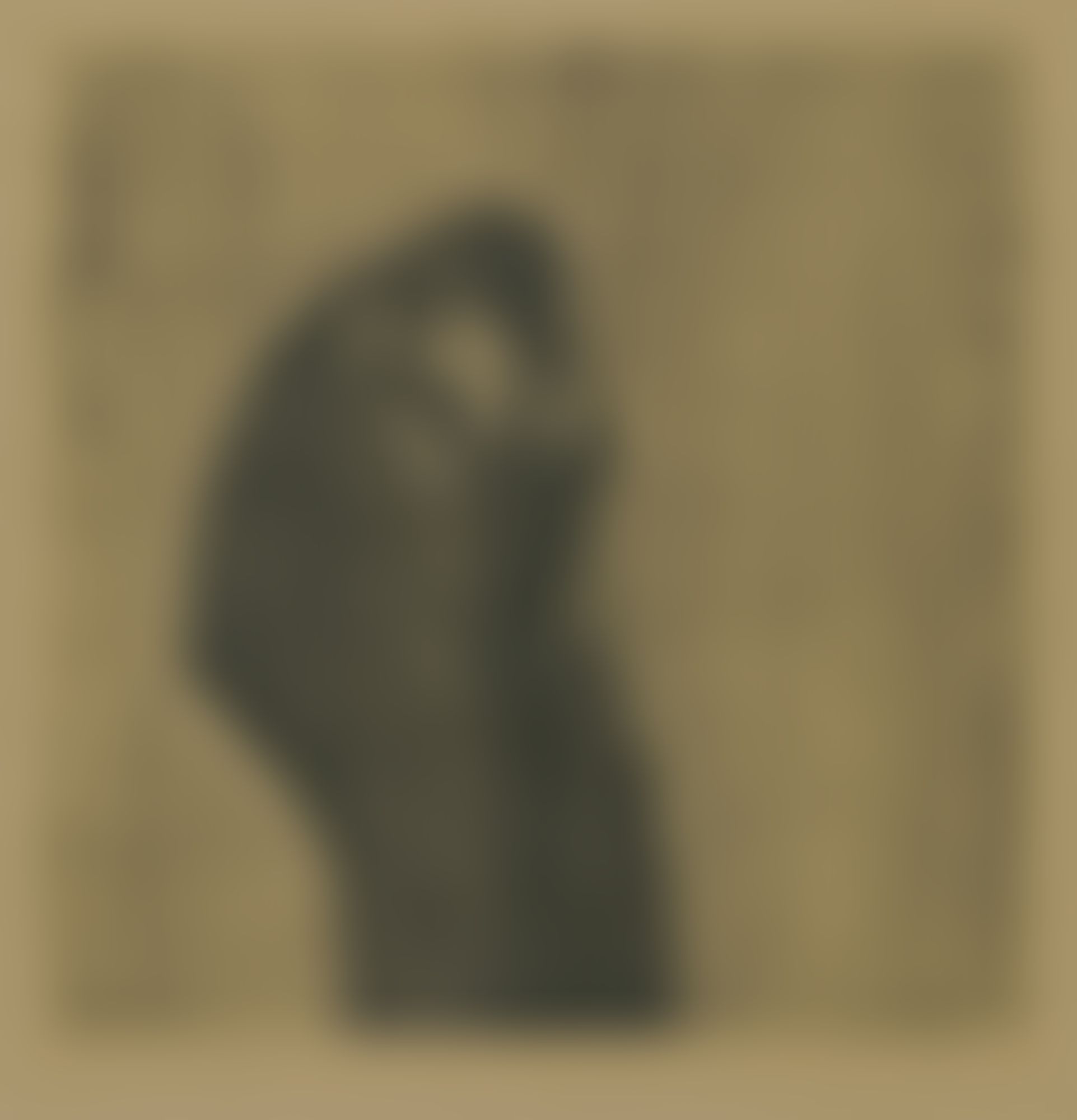
The Kiss IV (Kyss IV)
Born in Scandinavia, a region known for long periods of cold and darkness, Edvard Munch shared the Symbolist mentality of artists and writers from that locale and throughout Europe in the 1890s. He rejected the Impressionist practice of studying effects of light on the external world and instead looked inward to explore themes of love and jealousy, loneliness and anxiety, and sickness and death. His personal history, with the premature loss of his mother and an older sister, as well as complex and unsatisfactory entanglements with women, provided him with a constant source of artistic motifs.
The practices of painting, drawing, and printmaking were intertwined for Munch as he reinvestigated the same themes throughout his career. Printmaking was particularly conducive to this practice since he could save his plates, stones, and woodblocks for reuse time and again. Working with professional printers, or availing himself of a press in his studio, he explored some seven hundred fifty subjects in prints, varying his imagery in nearly thirty thousand impressions. Such experimentation can be seen in red and black examples of The Sick Child I, and in three versions of The Lonely Ones, interpreted in both woodcut and etching.
Munch sometimes used the same motif in a painting and a print, and a comparison of the two shows the print to be greatly simplified, achieving a sense of essence. Complex emotions are distilled into universal symbols by removing narrative references. Woodcut, in particular, lent itself to this approach. Munch's practice of cutting his blocks like a jigsaw puzzle in order to ink them in sections also enhanced a sense of isolation and abstraction. And the way in which he allowed the patterns of the wood grain to affect his compositions gave an indication of primordial significance. With this approach, the viewer senses artistic process as well as motif, something that would become an underlying component in much twentieth-century art.
Credit: Gift of Abby Aldrich Rockefeller
1897–1902
Woodcut
46.7 x 46.4 cm
35.1942
Image © 2019 The Munch Museum / The Munch-Ellingsen Group / Artists Rights Society (ARS), New York Text © MoMA - Museum of Modern Art, New York
Where you'll find this

The Museum of Modern Art
Permanent collection




